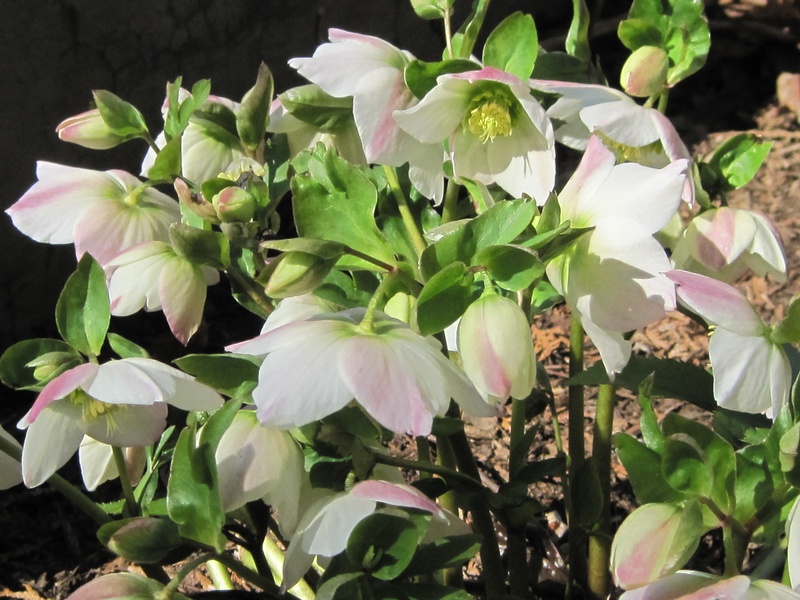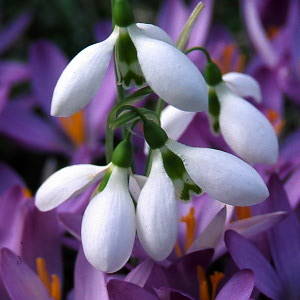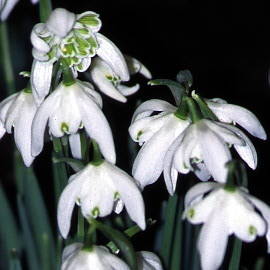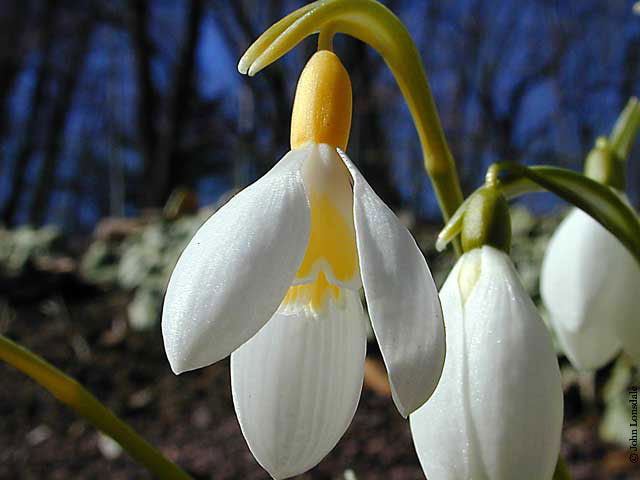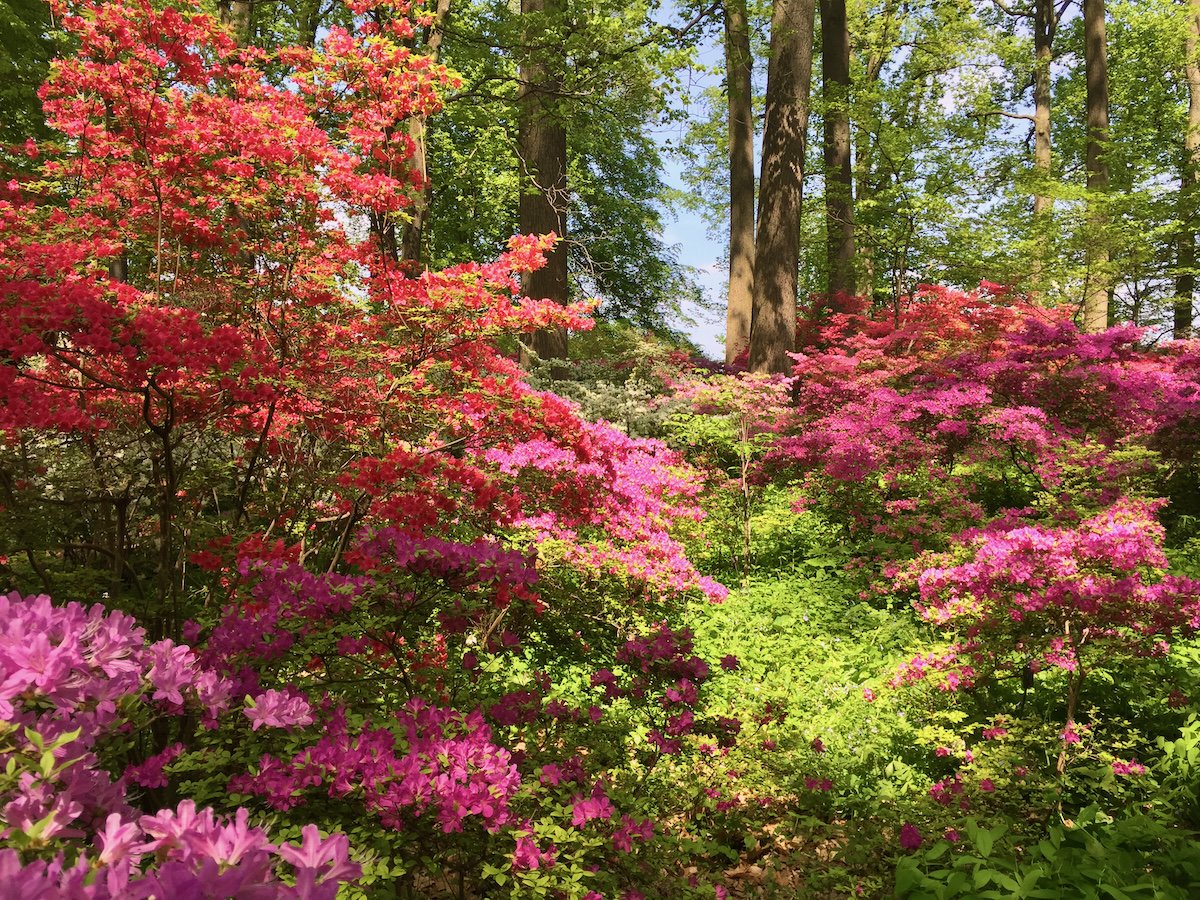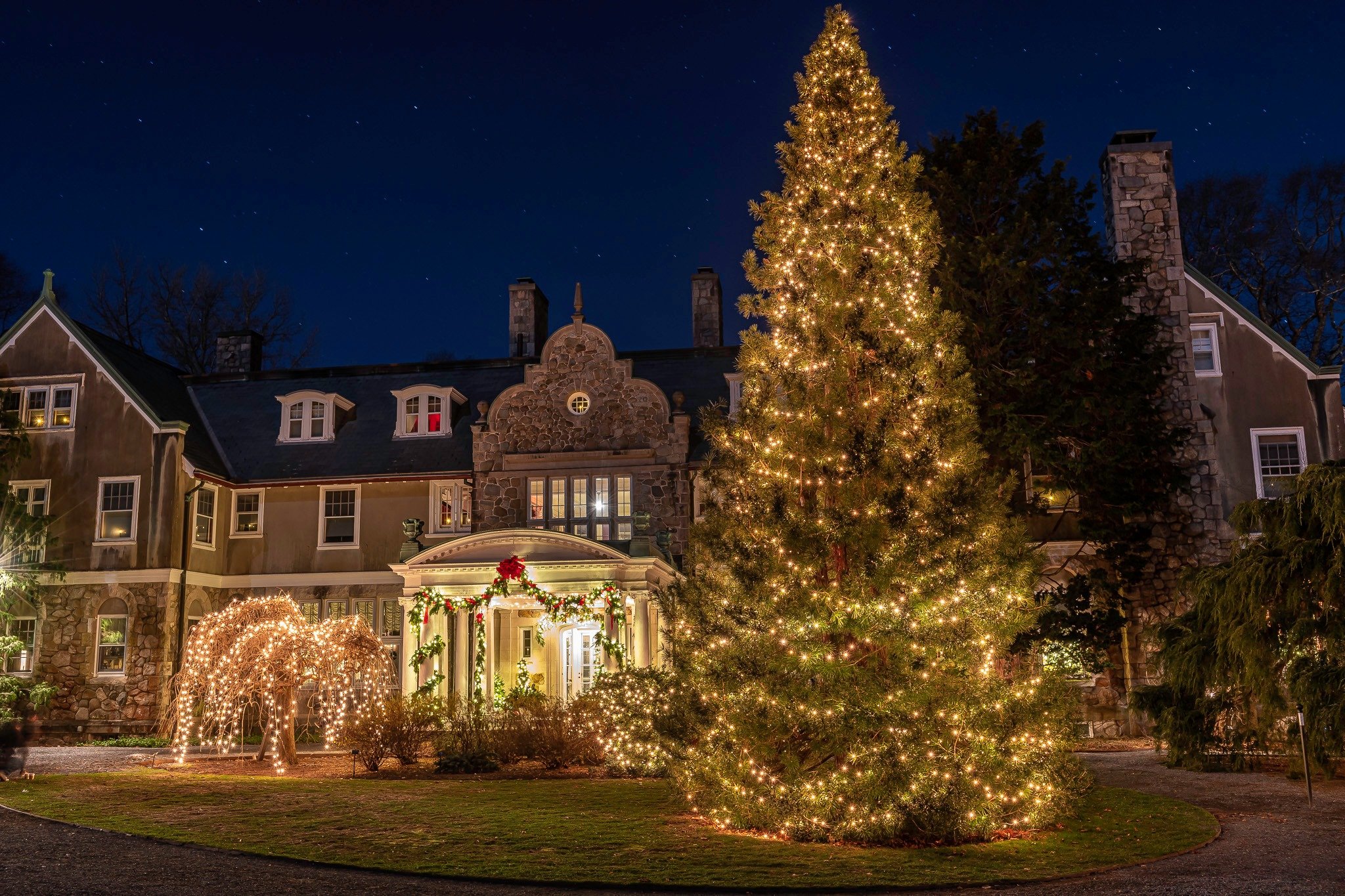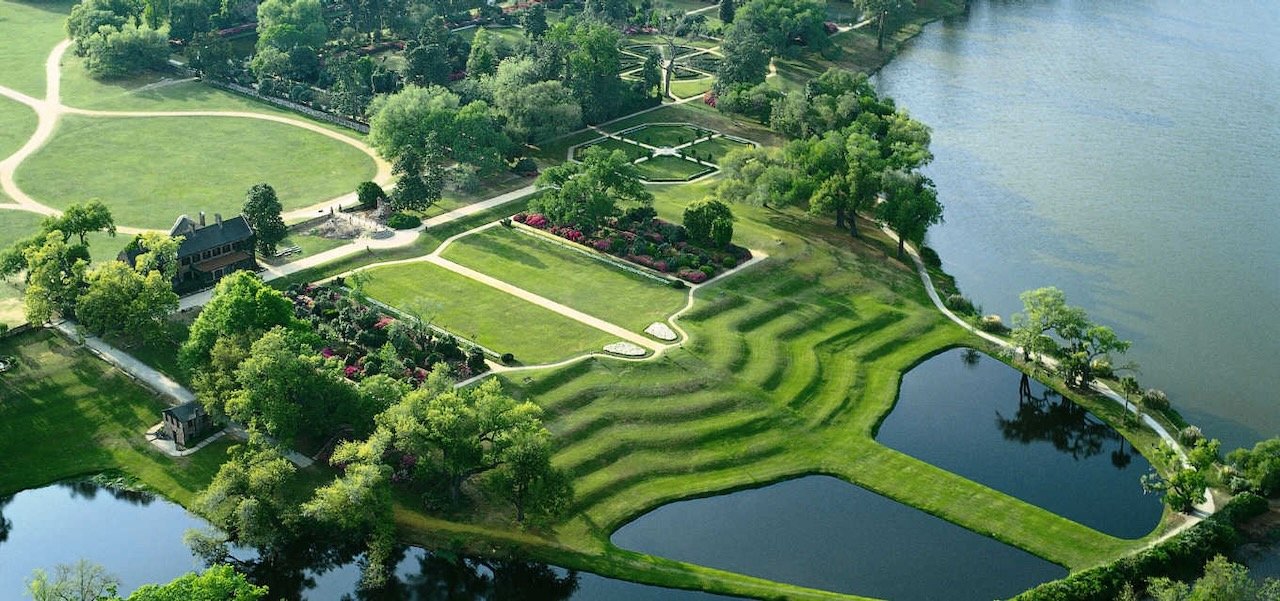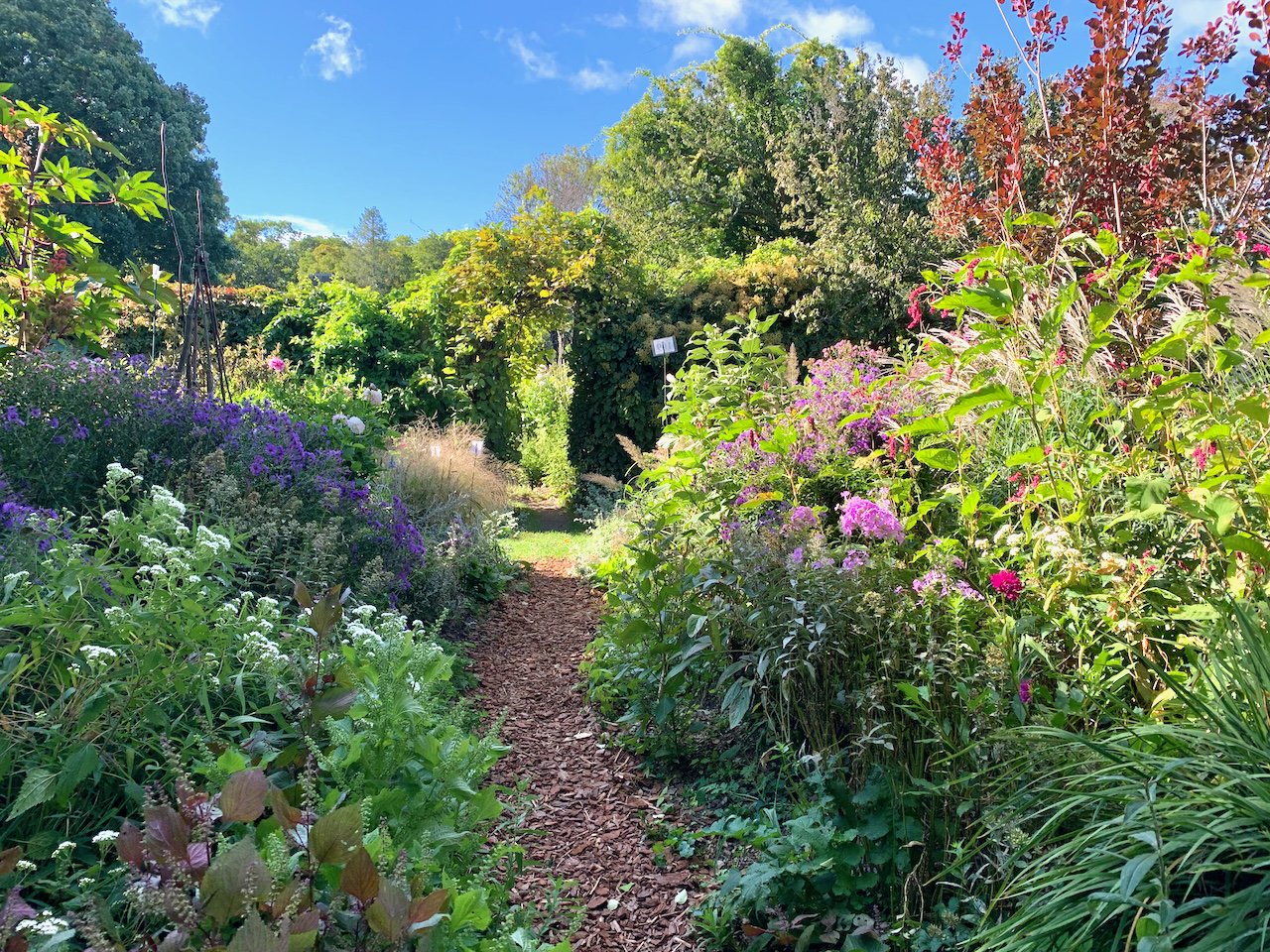Top Ten Perennial Picks for Jazzing Up Your Garden
/While attending New England Grows earlier this month, a trade show that highlights new trends in landscaping and horticulture, I heard that Tony Avent was scheduled to speak. His topic was “100 Perennials I Wouldn’t Garden Without”, and I knew I couldn’t miss it. Tony Avent is a plant explorer, hybridizer, all-around plant guru, and owner of the famous Plant Delights Nursery, a mail-order and retail nursery in North Carolina. This exciting nursery is dedicated to offering the best, the newest, and the strangest garden-worthy perennials to gardeners around the world
Tony’s enthusiasm about plants is contagious. I walked away wanting to try every plant he mentioned, but was able to create a short-list of ten fabulous, unusual perennials.
Japanese Peony (Paeonia japonica). A peony that prefers shade! Most peonies are sun-lovers, but not this charming woodland peony. It makes an 18" x 18" clump of grey-green foliage that is topped in early spring with lovely 3" wide white cups with yellow stamens. After flowering, pods form that split open to reveal incredible, gorgeous metallic-blue seeds on red stalks. The Japanese peony is recommended as a deer-resistant specimen in the woodland garden and in the shady perennial border.
Bush Clematis (Clematis integrifolia ‘Rose Colored Glasses’). Clematis integrifolia, also known as solitary clematis, is a non-climbing herbaceous perennial that forms a dense, sprawling mound 12-24” tall. The cultivar ‘Rose Colored Glasses’ produces two-inch long flowers that are rose-pink, nodding, and urn-shaped, with twisted sepals. Each flower appears singly atop its own slender stem and is followed by ornamental silver-green seed heads. It has an incredibly long bloom time, from May to July, with continued lesser bloom into September. It flowers best in full sun with adequate moisture and makes a beautiful addition to cottage gardens, meadow gardens, and perennial borders.
Heucherella ‘Solar Eclipse’. This amazing little plant forms 16" wide clumps composed of dark purple leaves, each edged in a ring of chartreuse. It strongly resembles a zonal geranium. It retains its intense color throughout the growing season. It is topped in late spring with bottle-brush spikes of white flowers. I have grown other Heucherella cultivars, and they are easy, relatively pest-free and offer dramatic foliage. I can’t wait to try this one! Heucherellas require part sun to light shade. It should be planted in regular garden loam and looks lovely in shady gardens accompanied by hosta, epimediums and other shade-loving perennials.
‘Millenium’ Allium. This allium forms a 1’x1’ clump of narrow, glossy green leaves that is topped by 2” rose-purple flowers in late summer. Very floriferous, it will bloom for over a month. I was especially interested in it when I heard that it is the product of a hybridizing program of a well-known allium breeder from Massachusetts, Mark McDonough. Plant Allium ‘Millenium’ in full sun and this deer-resistant little plant will reward you with a full season of shiny, strappy foliage and a stunning floral display.
‘Tomato Soup’ Coneflower (Echinacea ‘Tomato Soup’). Plant hybridizers have been expanding the color-range, size and form of our native perennial coneflower. This new introduction, ‘Tomato Soup’, forms a 32” tall clump that is topped in summer with flowers that are indeed the color of tomato soup. The 5” wide blossoms are attractive to hummingbirds and bees, and its seeds are favored by birds. Echinacea are sun-loving, drought-tolerant perennials that require excellent drainage, particularly in winter.
‘Low Down’ Swamp Sunflower (Helianthus angustifoius ‘Low Down’). Finally, a swamp sunflower for the small garden! Our native Helianthus normally reach heights of 8 feet, suitable for the back of the perennial border. But this new cultivar produces 18”x18”clumps for the mid-border, that are covered in September with large, yellow sunflower blossoms. Native to the US, swamp sunflower is a sun-lover that performs well in both wet and dry soils.
Hosta ‘Dixie Cups’. This hosta is a Plant Delights Nursery introduction, and was hybridized by Tony Avent himself. I love the name. It is a medium-sized blue hosta with leaves that are cupped and corrugated. It requires part sun to light shade with adequate moisture and would look lovely planted with purple-leaved heucheras, ferns and golden Hanoke grass.
Bristle-leaf Sedge (Carex eburnean). This little grass is native from the east coast to the west coast and is hardy in Zones 2-8, yet it is an uncommon sight in the home garden. It produces 8” wide clumps of soft green, narrow foliage. Amazingly, it is one of the few grasses that will grow well in the shade. It is drought-tolerant and deer-resistant, and looks great in the woodland garden as well as the rock garden.
Sedum ‘Frosted Fire’. Sedum ‘Frosted Fire’ is a gorgeous variegated hybrid of the popular Sedum ’Autumn Joy’. It produces 15”x15” clumps of fleshy green foliage edged in cream. It is topped in late summer by red flower heads that age to bronze. Sedum ‘Frosted Fire’ is drought-resistant and easy to grow in full sun, but dislikes wet soils.
‘Lightning Strike’ Toad Lily (Tricyrtis hirta ‘Lightning Strike). This variegated Tricyrtis makes an outstanding addition to the shade garden. Its 2’ tall arching stems are clothed with golden leaves streaked with green. In early fall, light lavender spotted flowers, appear along the stems at the leaf axils. This unusual plant is very easy to grow in conditions similar to those preferred by hostas. In fact, it makes a perfect companion plant with hostas , ferns and heucheras in the shady border.
I am already looking forward to a new growing season and am eager to give my new Top Ten Picks a try!
















